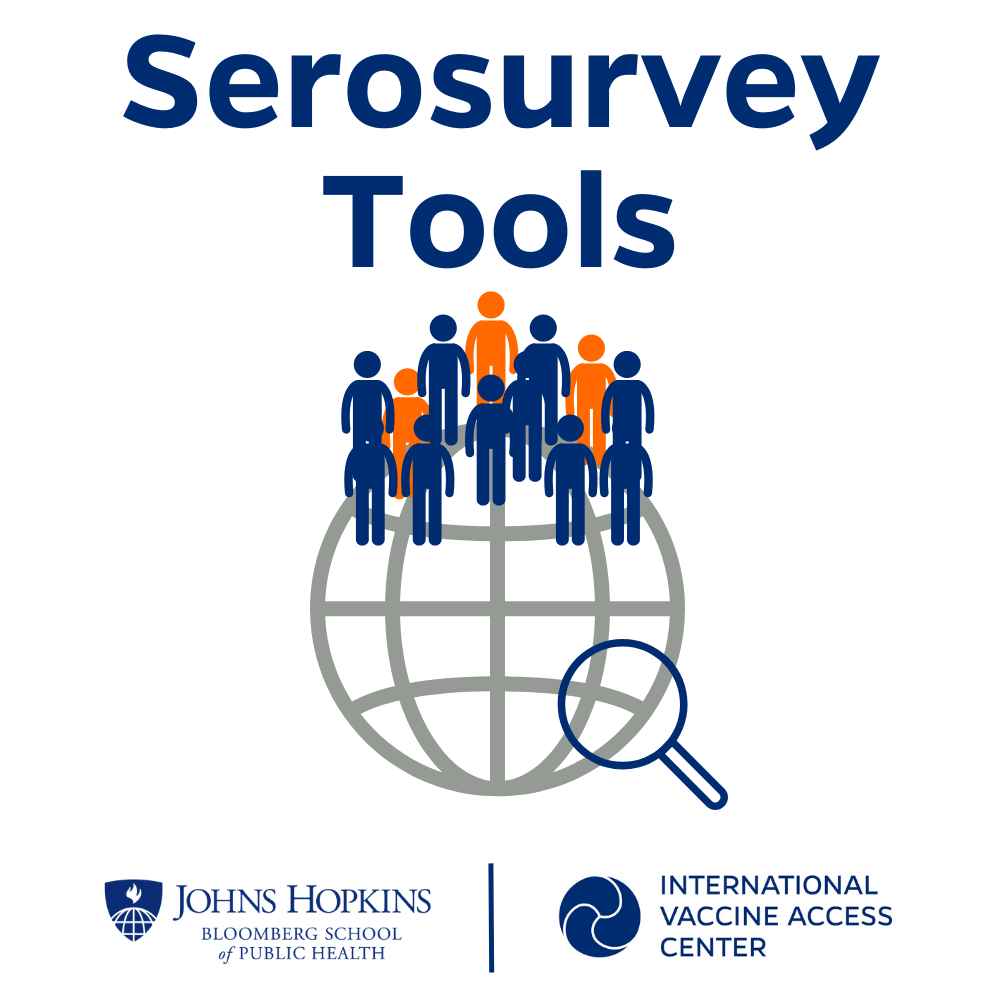For those involved in the design and implementation of serosurveys, we recommend reviewing the set of toolkit materials included with each module. These materials, compiled from serosurveys that were implemented over the past several years, are designed to provide examples of how you might structure materials for your serosurvey but are not necessarily considered “standard”. Given that every serosurvey will have different objectives, and take place in unique contexts, we described characteristics of the specific serosurveys for which these materials were developed (see table below). In developing your own serosurvey materials, we hope you find it useful to refer to this toolkit for ideas or suggestions on how to structure or what to include in your serosurvey materials. You should identify which tools are most relevant to your planned serosurvey and adapt the materials to the specific procedures and content required for your serosurvey.
Serosurvey Toolkit
- Home
- Serosurvey toolkit
Characteristics of the serosurveys for which the toolkit materials were developed
| Nested serosurvey | Community-based serosurvey | Biorepository serosurvey | |
|---|---|---|---|
| Study design |
|
|
|
| Specimen collected |
|
|
|
| Laboratory testing |
|
|
|
| Age groups | >9 months old | Children 9 months to 15 years of age and women of childbearing age | 0-49 years of age |
| Country | Zambia | India | Zambia |
| Additional Resources |
|---|
| Serosurveillance Summit (March 2023): |
| Partner Resources |
|---|
| The Geneva Learning Foundation: |
